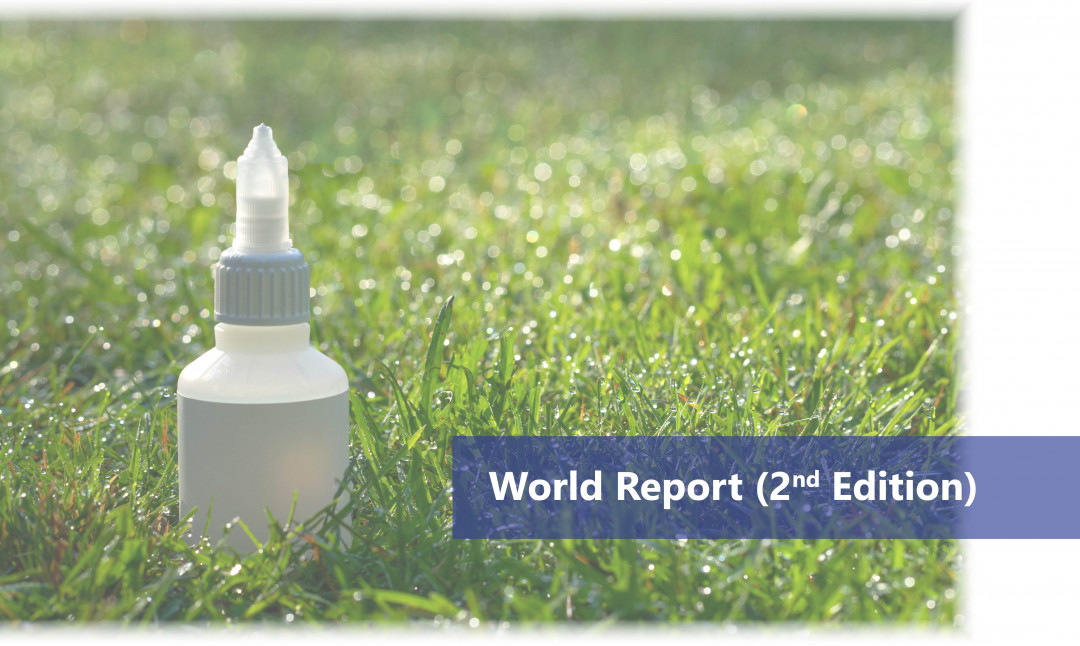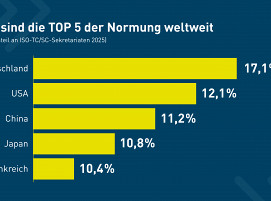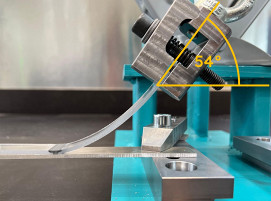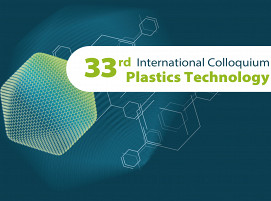
Sugar, starch, or soy: more than 15 % of all adhesives are already made from renewable raw materials. In the spirit of the bio-economy and circular economy, the proportion of plant- and animal-based raw materials used in adhesive products is also constantly increasing. The latest Ceresana report on the global market for bio-based adhesives forecasts that sales of “green” glues will increase to around USD 4.5 billion by 2034.
In order to reduce the ecological footprint and dependence on crude oil and natural gas, bio-based components are increasingly being added to conventional adhesives made from petrochemical plastics. Growth in demand for high-performance and eco-friendly adhesives is particularly occurring in the construction sector, the field of paper and packaging as well as the woodworking industry.
Burgeoning field of innovation: bio-based adhesives
Adhesives made from biogenic raw materials are no longer limited to special applications, such as starch adhesives for bottle labels and corrugated cardboard packaging, methyl cellulose in wallpaper paste, or collagen for musical instruments. With the help of additives and copolymers, bio glues are also increasingly meeting demanding standards for industrial high-performance products, for example for hot-melt adhesives, construction adhesives, or thermoplastic adhesive films for lightweight composites.
Dynamic research and development is driven by the search for non-toxic, solvent-free, low-emission, and recyclable adhesives. Ideally, bio-based products are even biodegradable at the end of their life cycle and meet e. g. the ISO 17088 standard for compostable plastics. Another advantage is the possible recycling of previously unused waste and inexpensive by-products, such as lignin from the paper industry, keratin from chicken feathers, or platform chemicals that are produced during the manufacture of biofuels from biomass.
Plant-based adhesives for packaging and construction products
Today, more than 13 million tonnes of adhesives are consumed globally each year. Most of these are still adhesives made from fossil raw materials. However, the demand for biobased adhesives is increasing significantly: In the coming years, Ceresana expects annual growth of over 4.8 % in Asia, Africa and the Middle East and just over 3 % in Western Europe and North America. The largest individual markets are the application areas of paper and packaging, the construction industry and the wood industry with products such as plywood panels and furniture. Paper bags and other packaging alone currently account for almost a third of global sales of bio-based adhesives. In the packaging industry, a combination with polylactic acid (PLA) or other bioplastics is ideal; in the construction sector, bio-adhesives go well with bio-based paints and insulating materials. In addition to market data and forecasts, the bio-based adhesives market report by Ceresana also contains background information on the general economic situation and the situation in the construction industry in the individual countries.
Current bio-based adhesives market report by Ceresana:
Chapter 1 of the new market study “Biobased Adhesives – World (2nd Edition)” provides a comprehensive presentation and analysis of the global market for biobased adhesives with forecasts up to 2034: For the world regions Western Europe, Eastern Europe, North America, South America, Asia-Pacific, Middle East, and Africa, the development of demand (tonnes) and revenue (dollars and euros) is shown. In addition, revenues and demand are broken down by the application areas paper/packaging, construction industry, wood processing, and other applications.
In Chapter 2, the 17 countries with the largest national markets for bioadhesives are examined individually: Germany, France, Italy, Spain, United Kingdom, Poland, Russia, Türkiye, Canada, Mexico, USA, Brazil, China, India, Japan, South Korea, and Taiwan. The demand for and revenues generated with bio-based adhesives are shown in each case. In addition, demand and revenues are further broken down by the following adhesive application areas: paper and packaging, construction industry, wood processing, and other applications.
Chapter 3 provides useful company profiles of the largest bio-based adhesive manufacturers, clearly arranged according to contact details, revenues, net income, product range, production sites, and profile summary. Detailed profiles of 34 manufacturers are provided, including Stora Enso Oyj, H.B. Fuller Co., Soudal Group, Kerakoll SpA, Royal Avebe, Artivion, Inc., and artience Co., Ltd.
(Source: Ceresana)
Schlagworte
AdhesivesApplicationsBio-BasedCircular EconomyDevelopmentGluesInnovationLife CycleMarketMaterialsRaw MaterialsResearchStudySustainability






![Joining Plastics [EN]](/images/frontend/journals/joining-plastics_sm.png)
